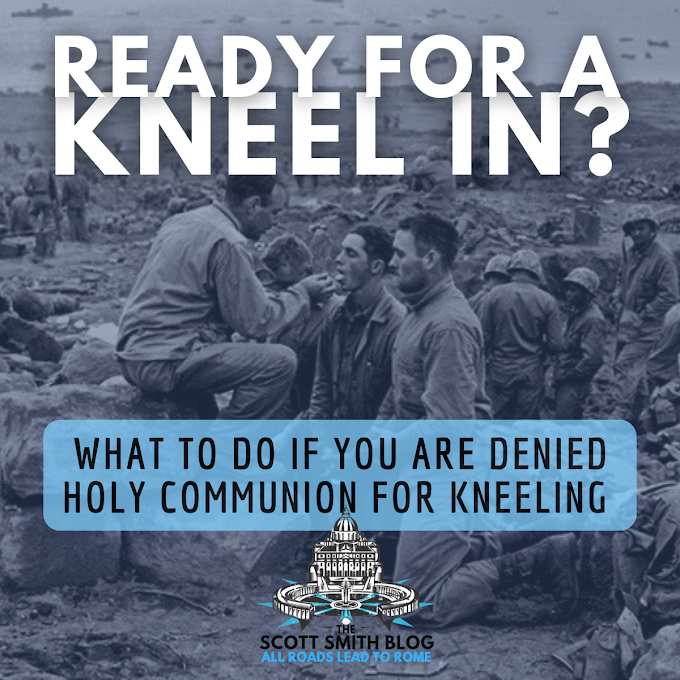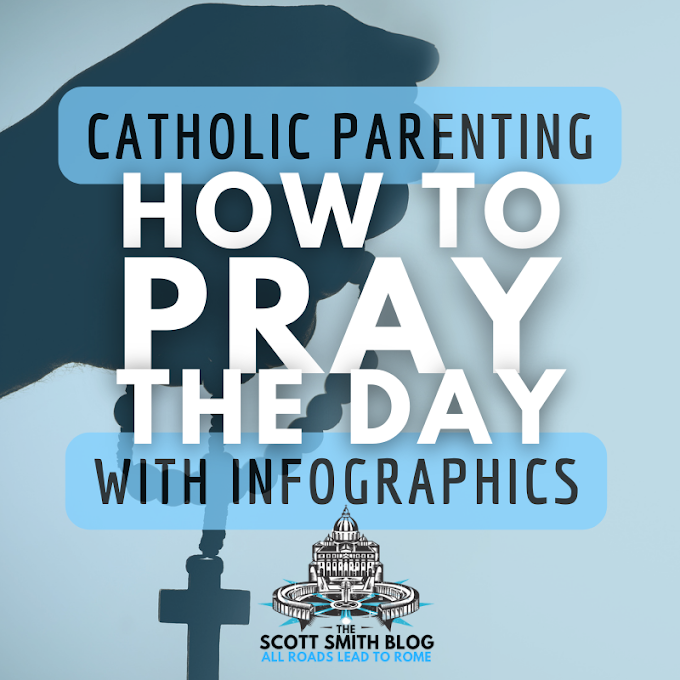St. Charles Borromeo was a special kind of polymath. He was the kind that the Church needed, exactly when she needed it. It was the height and heat of the Protestant Revolution ("Reformation" is a misnomer for the Protestant movement, since a reformation doesn't break from that which it reforms).
St. Charles Borromeo was a genius in several fields: architecture, theology, liturgy, acoustics, and other fields. The skills combined perfectly in the construction of great church buildings. For it is in the Church and her great cathedrals, that we find the source and summit of all human intellectual pursuits.
St. Charles Borromeo wrote a text, Instructiones (or in full Instructiones Fabricae et Supellectilis Ecclesiasticae) that he intended as a complete guide for Church construction. A free ebook download of St. Charles Borromeo's Instructiones is provided below.
St. Charles Borromeo's Instructiones covers a vast array of topics, but this article is meant to highlight only those sections regarding altar rails. It's a special research topic for me, as I work to restore altar rails to my own and other churches. I hope this research will benefit you, as well.
St. Charles Borromeo's Instructiones -- Free Ebook/PDF Downloads
St. Charles Borromeo provided a blueprint for basically all church-related edifices and constructions in his Instructiones Fabricae et Supellectilis Ecclesiasticae, 1577, Book I and Book II, A Translation with Commentary and Analysis. You can download a free ebook of St. Charles Borromeo's Instructiones here in five parts:
- St. Charles Borromeo's Instructiones: Title Page, Table of Contents
- St. Charles Borromeo's Instructiones: Book I
- St. Charles Borromeo's Instructiones: Book II
- St. Charles Borromeo's Instructiones: Glossary
- St. Charles Borromeo's Instructiones: Bibliography
St. Charles Borromeo: Rubrics Specific to the Design of Altar Rails
St. Charles Borromeo's Instructiones covers a vast array of topics. There is, literally, no Church stone left unturned. Much of this book, if not all, was elevated by various synods and authorities to the level of rubrics. (You might be asking yourself ... why has so much of this been ignored and abrogated?)
St. Charles Borromeo and Bishop Durandus: Altar Rails "Teacheth"
St. Charles Borromeo quotes another specialist in this field, Durandus. Guillaume Durand, or William Durand (c. 1230 – 1 November 1296), was also known as Durandus, Duranti or Durantis, from the Italian form of Durandi filius, as he sometimes signed his name. Durandus was a French expert in canon law and liturgy, as well as the Bishop of Mende.
Durand's principal work is the Speculum iudiciale of 1271. It is a wide-ranging legal text, a general explanation of civil, criminal, and canonical procedure, and also includes a survey of the subject of contracts.
Like the Code of Justinian, Durand's Speculum iudiciale is a remarkable encyclopaedic synthesis of Roman and ecclesiastical law. It was widely recognized for its clarity, method, and especially its practicality. For many centuries, it was highly regarded as an authority in court and schools of law. It won Durand the nickname of "Doctor Speculator", a pun on the title of his work.
St. Charles Borromeo quotes the following from Durandus (Book 1: The Site of a Church, p. 33):
2. Concerning the separation of the choir, Durandus writes that "the rail by which the altar is divided from the choir teacheth the separation of things celestial from things terrestrial."
This includes a very interesting turn of phrase. The altar rail "teacheth". That is, the altar rail's primary function of separation is inseparable from its teaching function. The altar rail is catechetical.
What does the altar rail teach? The altar rail "teacheth the separation of things celestial from things terrestrial."
What does this mean? The altar rail is not merely a fence. It is an instructional barrier. It is the border between the natural and the supernatural. The altar rail marks the point at which earth ends and heaven begins.
The Design of the Altar Rail: What Should the Altar Rail Look Like?
What should the altar rail look like? Is it just the picket fence surrounded the Garden of Eden? Will any fence-like decorative elements suffice? Or are there specific design elements needed in an altar rail?
St. Charles Borromeo, thankfully, gets very specific.
Reprinted below is the full section on the design of altar rails from St. Charles Borromeo's Instructiones:
Railings Enclosing Chapels and Altars (Book 1: The Site of a Church, p. 46)
On the front part at the entrance to every chapel, including the main chapel, iron railings will be set on the topmost step. They will be three cubits high, or even more where it is advisable that they be safer and more secure.
Where possible, all the railings must be decorated at the top and bottom and in the middle with ornamental motifs, such as small pillars or small vase-shaped swellings, well made, to obtain a nice aesthetic effect.
If the chapel is octagonal or hexagonal, so that it can be larger, there will still be railings on the topmost step, which are in keeping with the shape of the chapel. The rather artistic ironwork on the lower part, about a cubit high, will be compact so that dogs cannot enter.
There will be a double gate at the center of the railing. It will also be of iron and in the same style, and will close on both sides with bolt and lock.
Where finding the amount of iron needed for the chapel railings is difficult, then small columns in marble or solid stone, if that material is available, can be used. Called “balustrio” or balustrade, it is surmounted by a cornice, and is much lower than the railings, and will enclose and decorate the front part of the chapels.
In those churches, chapels or altars where the limited funds make it impossible to have either iron railings or balustrades in marble or stone to enclose and decorate as described above, and as the Bishop sees fit and with his permission, finely turned wood can be used. The wooden barriers must be much lower and simpler than the iron railings and will have a molding at the top as decoration.
Where the chapels of the minor altars are large enough to hold a certain number of faithful during Mass, even if they already have iron railings at the entrance, they must also be furnished with wooden barriers inside, near the altar. These barriers will enclose the altar and keep the crowd at a distance from the celebrating priest, leaving the space necessary for the assistant cleric.
Rubrics for Altar Rail Design According to St. Charles Borromeo
Where possible, all the railings must be decorated at the top and bottom and in the middle with ornamental motifs, such as small pillars or small vase-shaped swellings, well made, to obtain a nice aesthetic effect.
What Material is Best for Altar Rails?
St. Charles Borromeo provides a hierarchy of materials for the altar rail:
- Best Altar Rail Material: Iron Railings
- 2nd Best Altar Rail Material: Balustrades in marble or stone
- 3rd Altar Rail Material: Finely turned wood
I wonder if the modern "stone" option can be satisfied by the many options available for cement/concrete, epoxy, and even urethane resins. Many fine architectural features can be preserved and reproduced by taking a mold of the entire piece. The original architectural piece, rooted in antiquity, can then be re-cast and reproduced for new generations.
The Provincial Councils of Milan Presided by St. Charles Borromeo: Further Rubrics for Altar Rails
St. Charles Borromeo's Instructiones refer to another source of rules promulgated regarding the design of altar rails, those of the Fourth Provincial Councils of Milan, which were presided over by St. Charles Borromeo, himself:
Other prescriptions concerning altar rails that separate the altar and the place reserved for the choir and the rest of the temple where the faithful stand are found in the decrees of the fourth Provincial Council of 1576 (AEM, 319-20)
The Fourth Provincial Council of 1576 states the following regarding altar rails:
To be continued ...















0 Comments